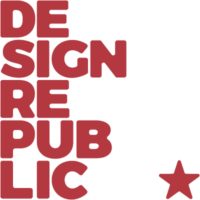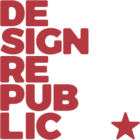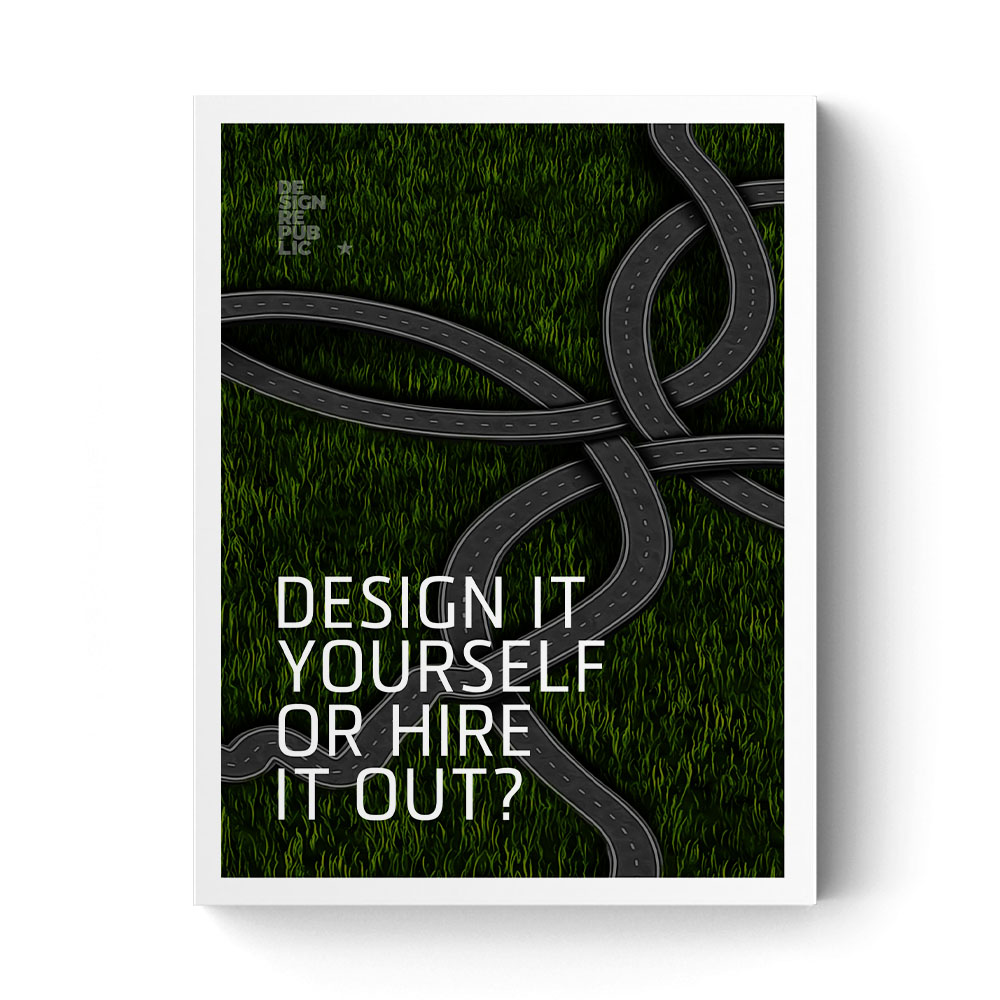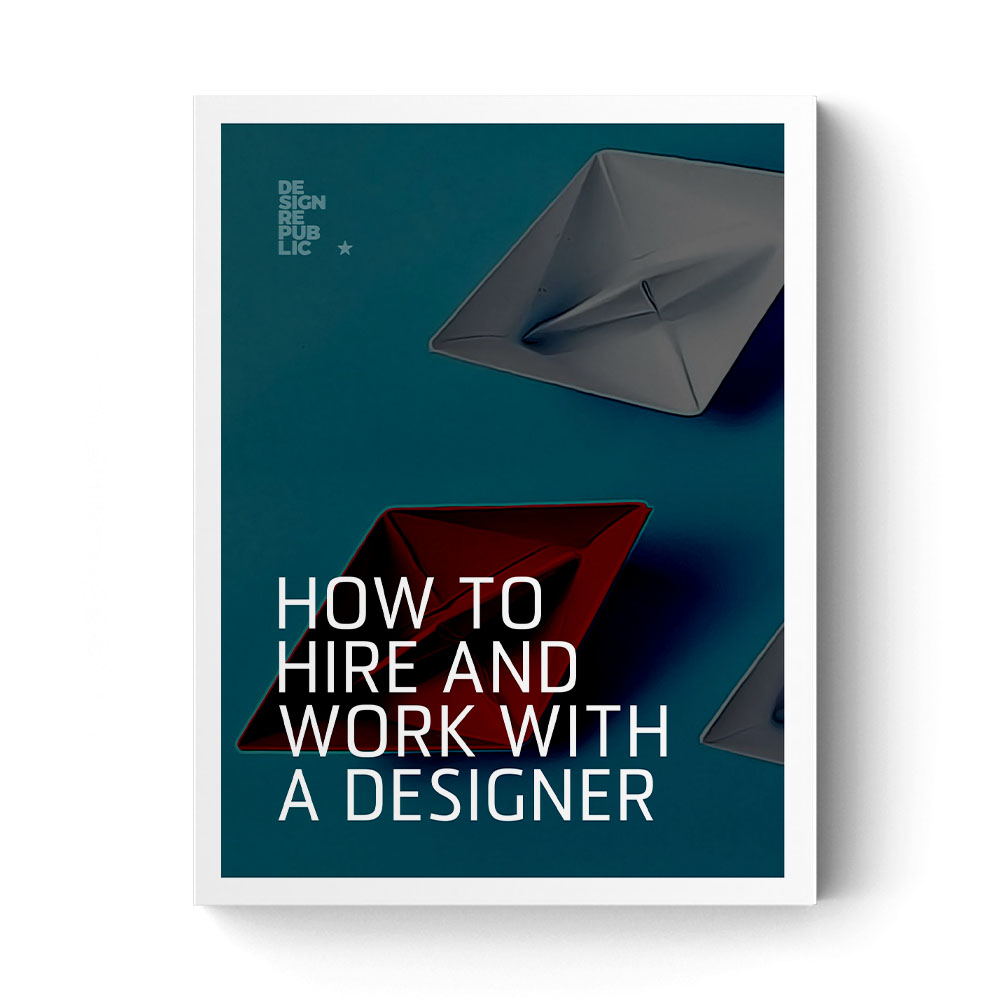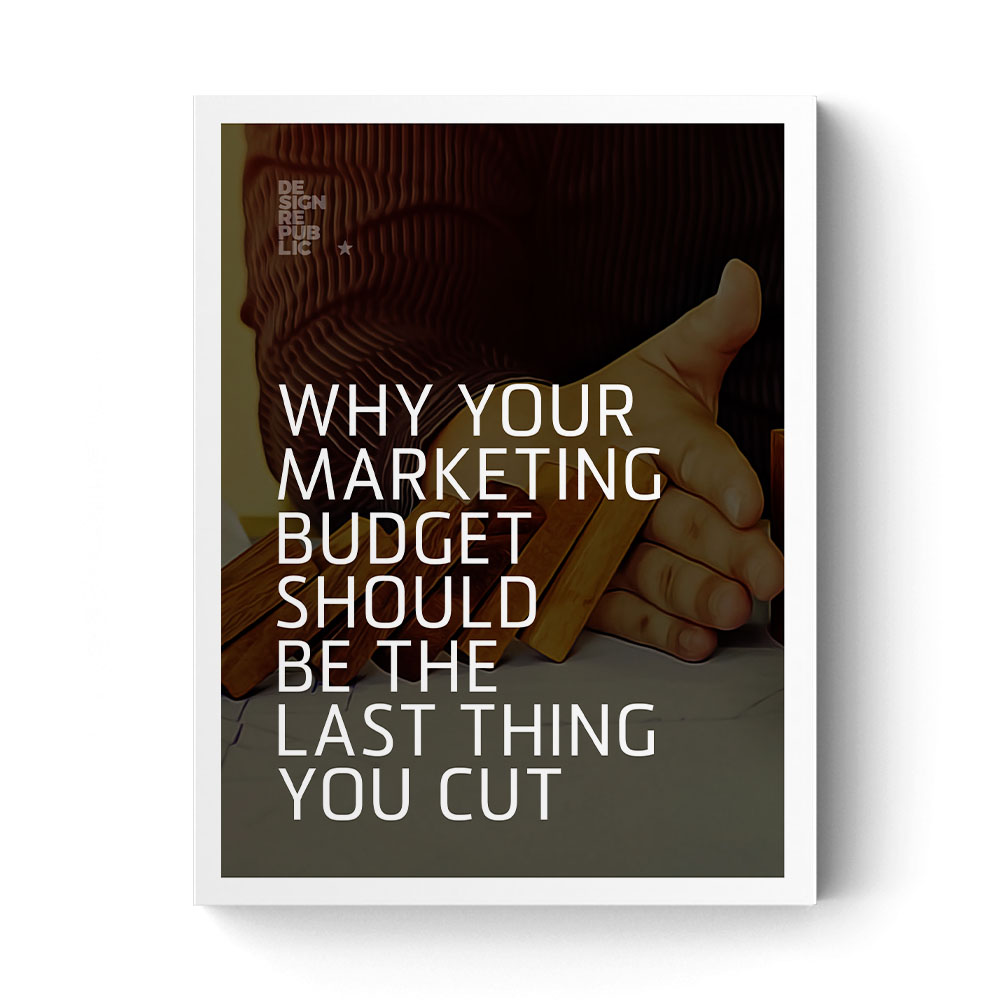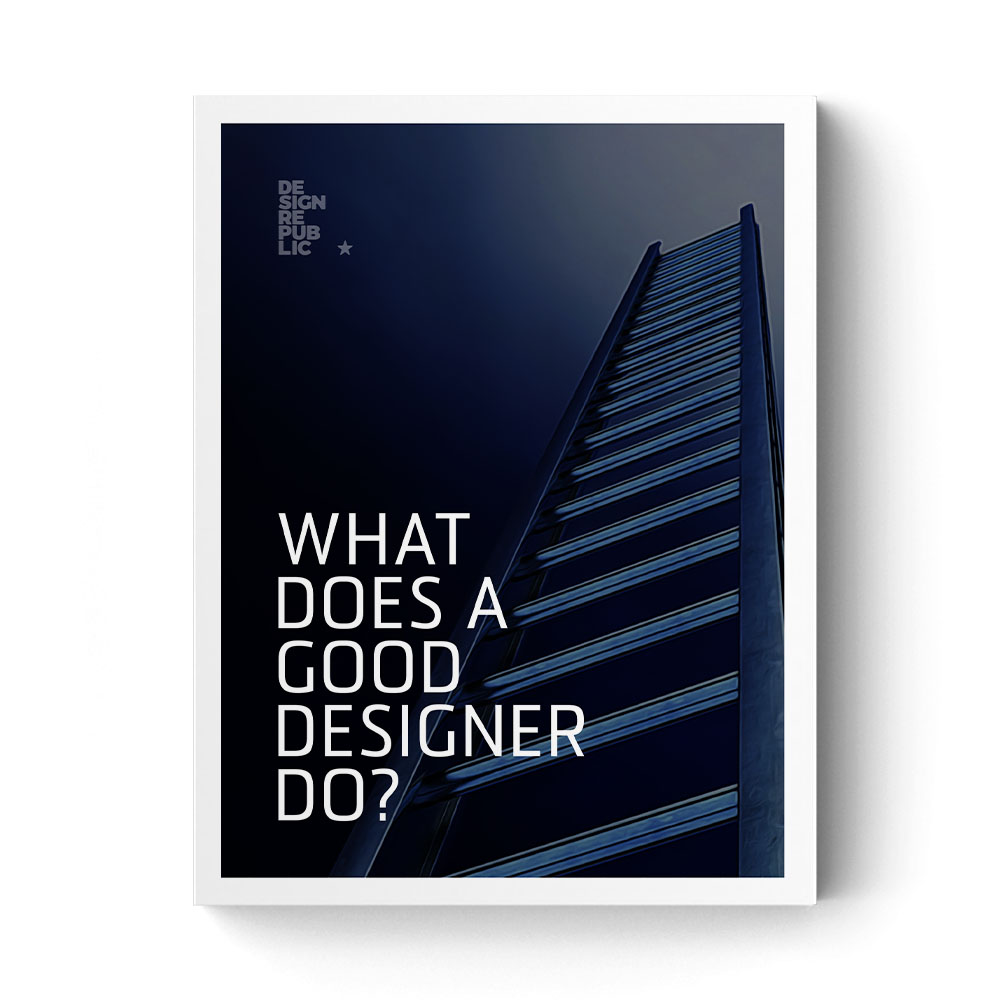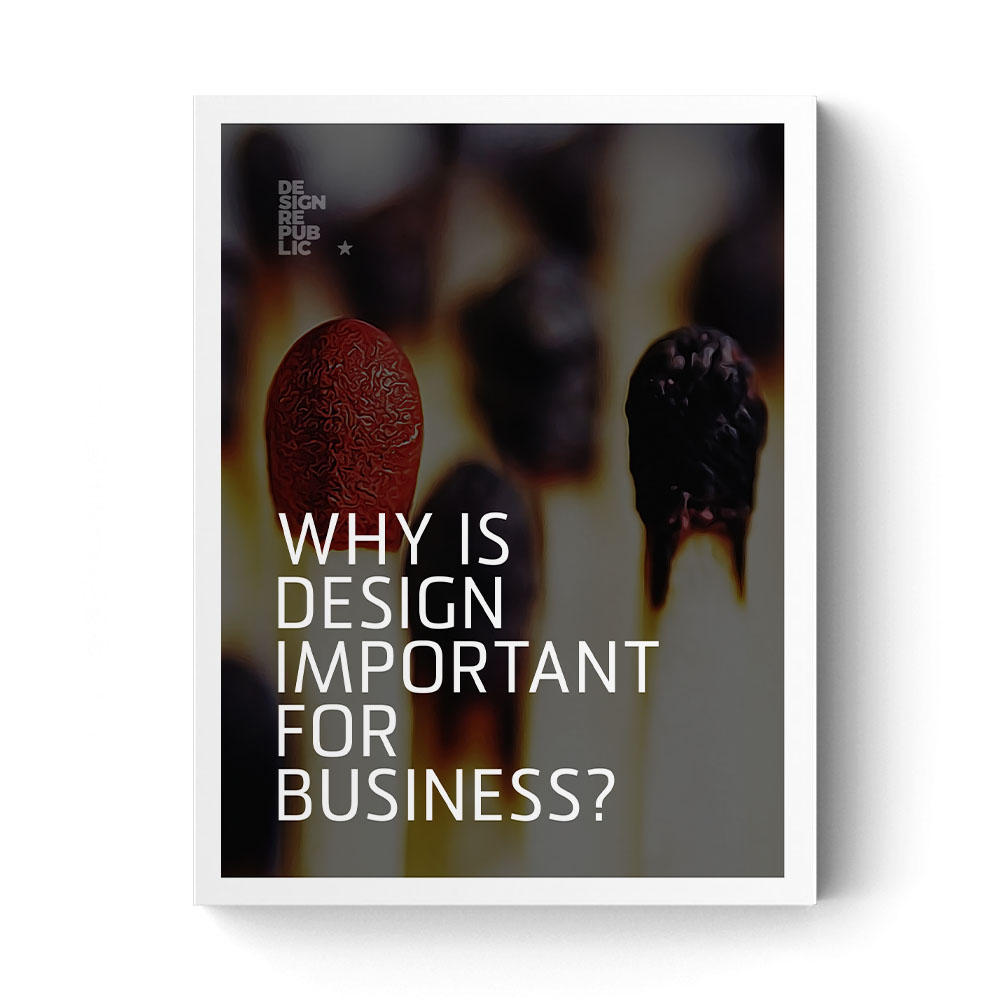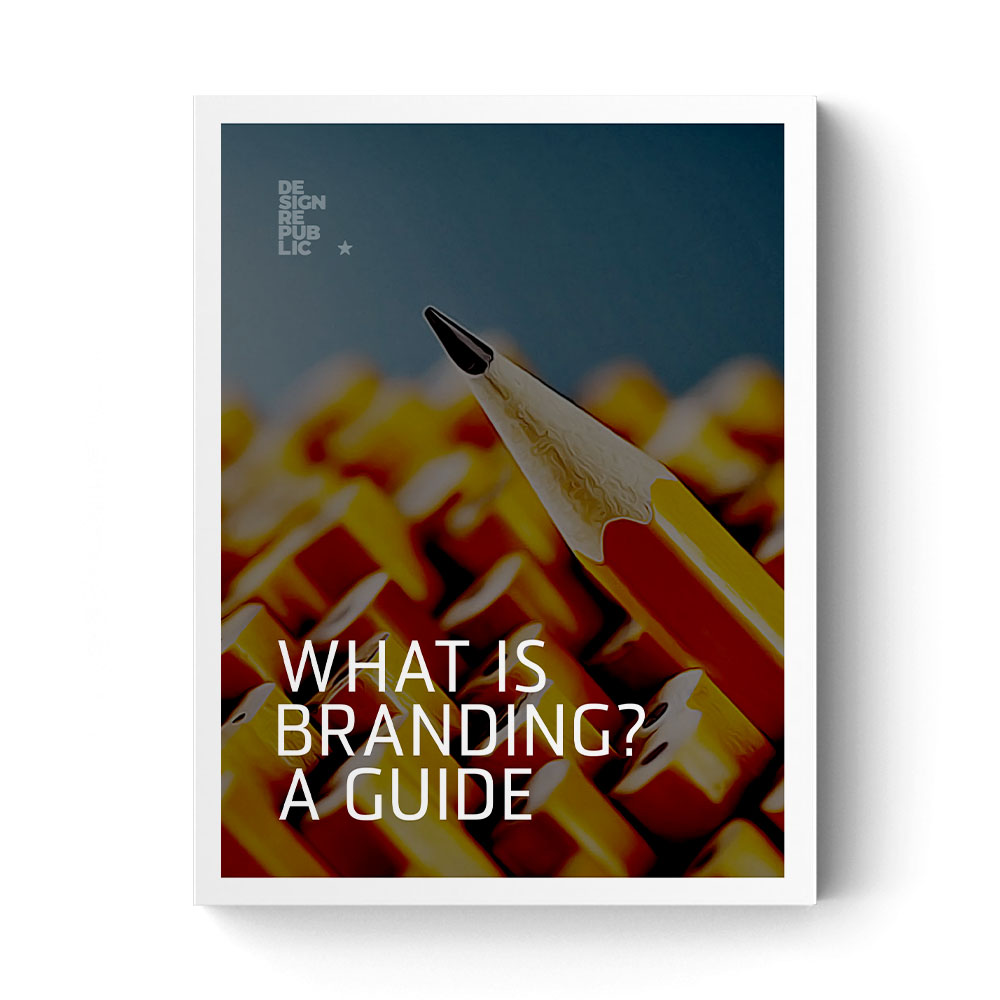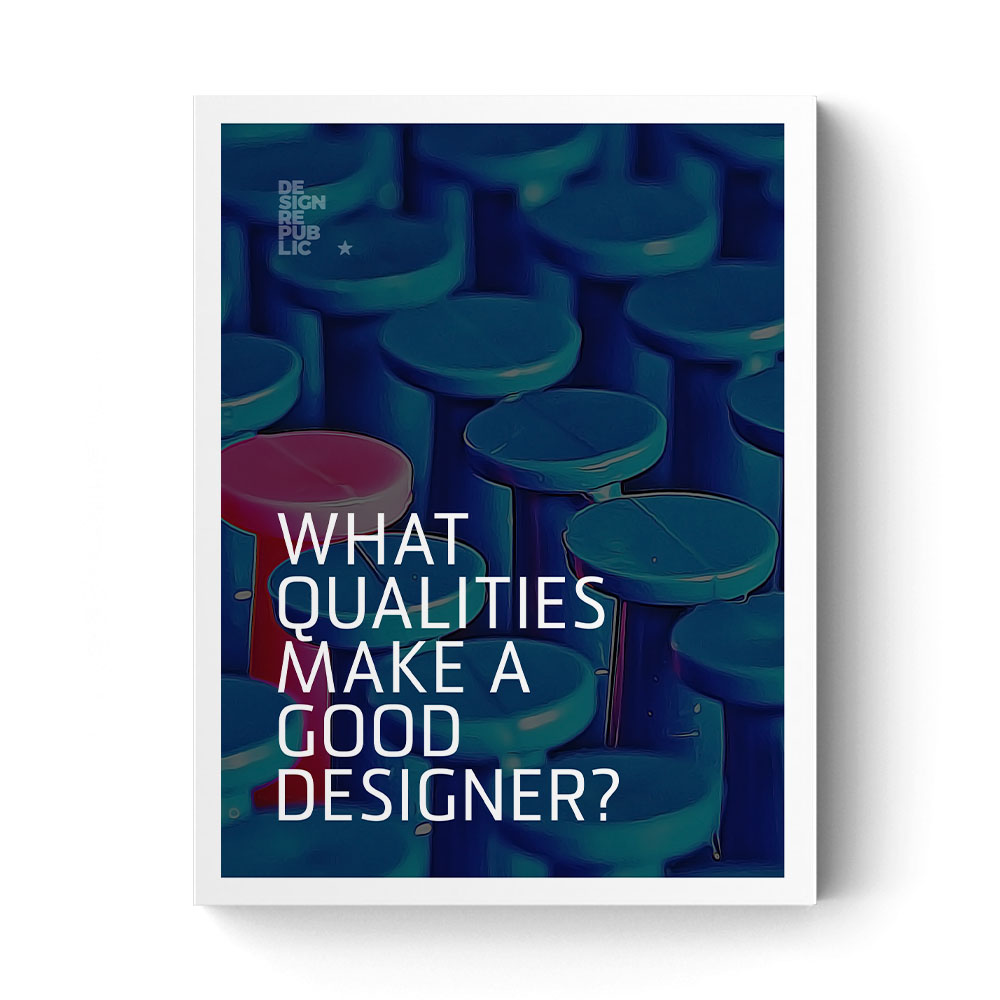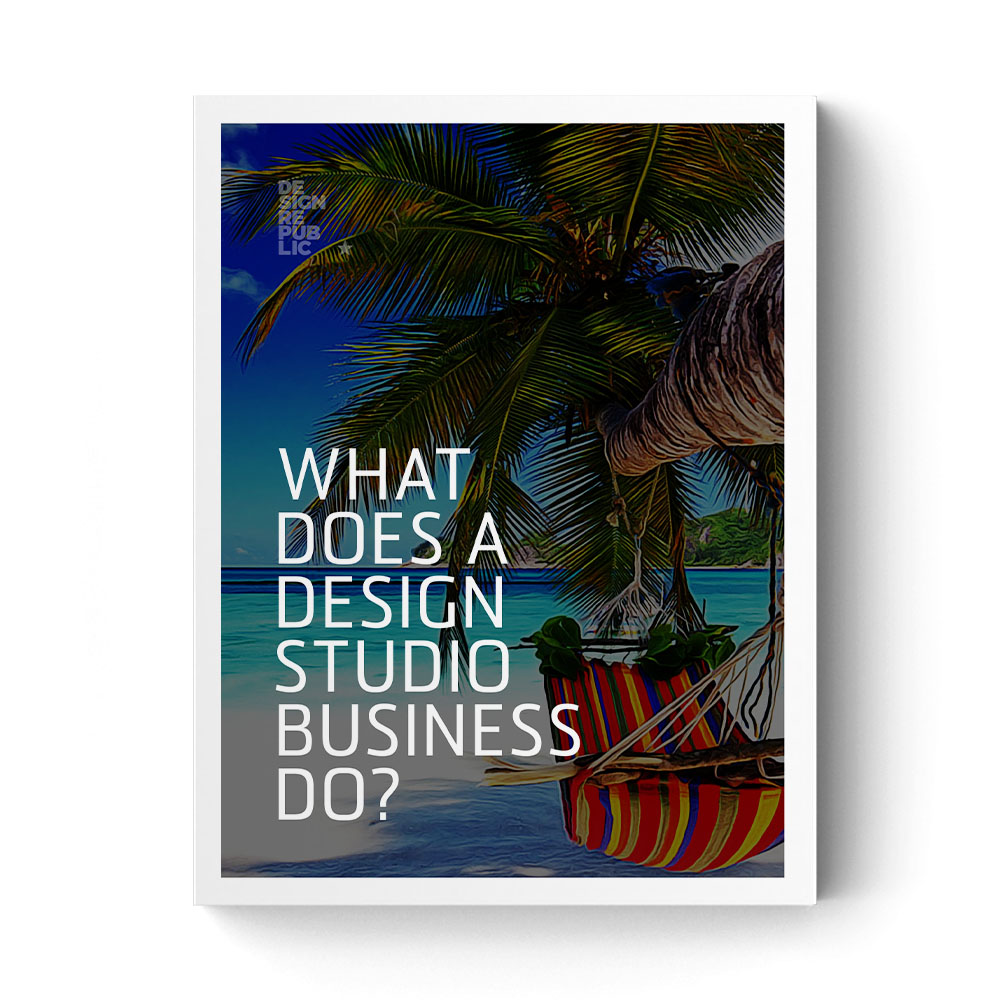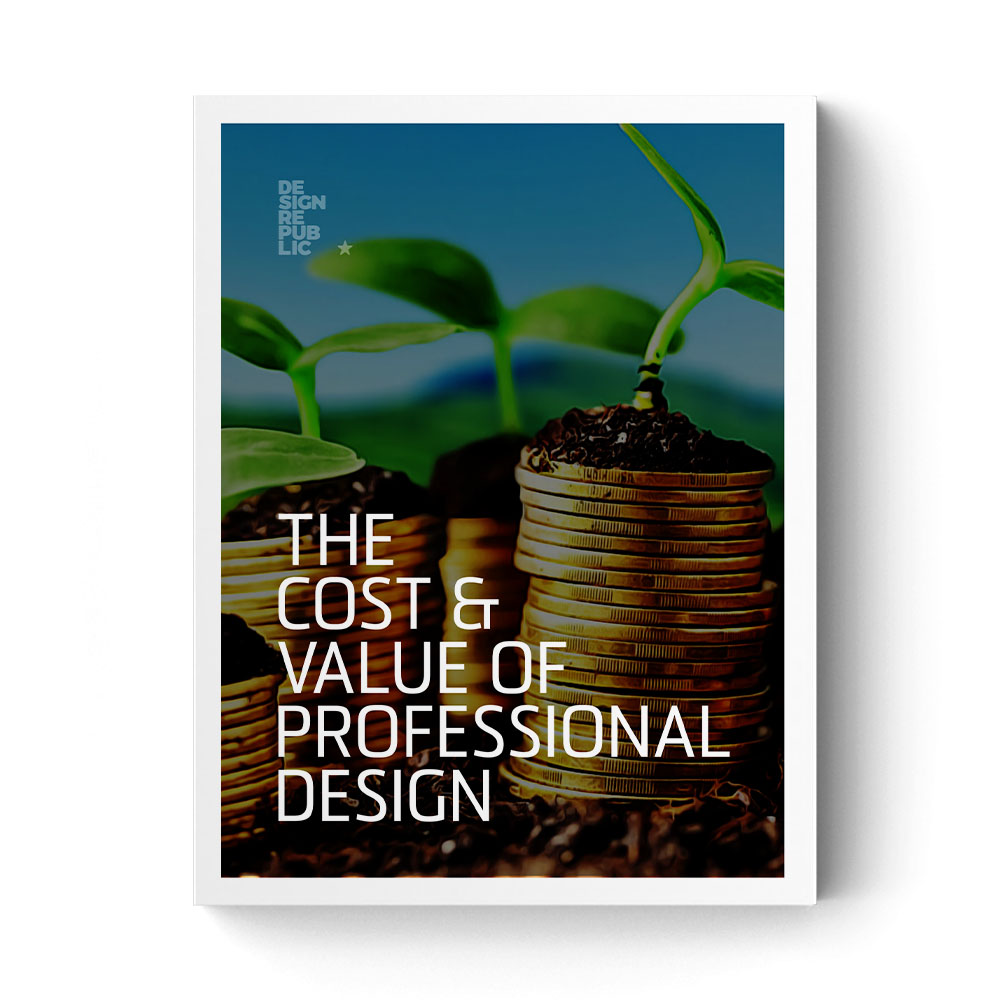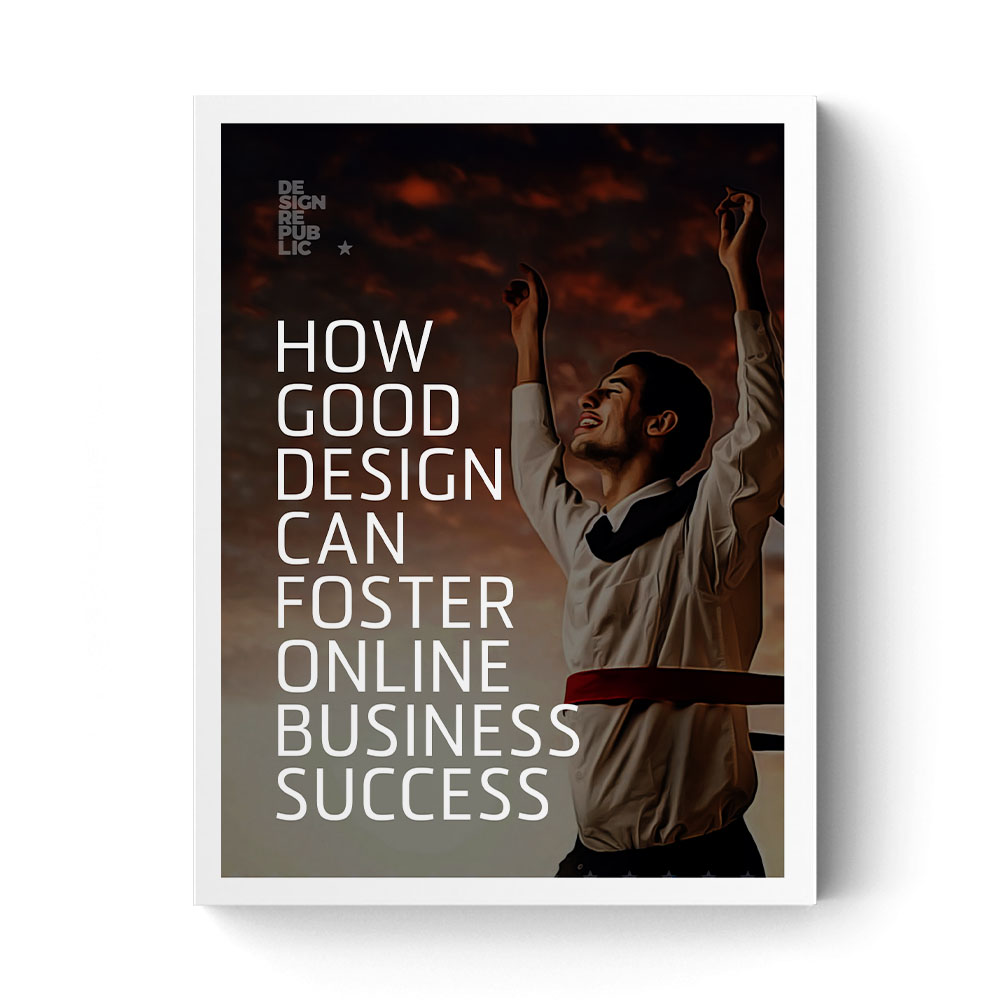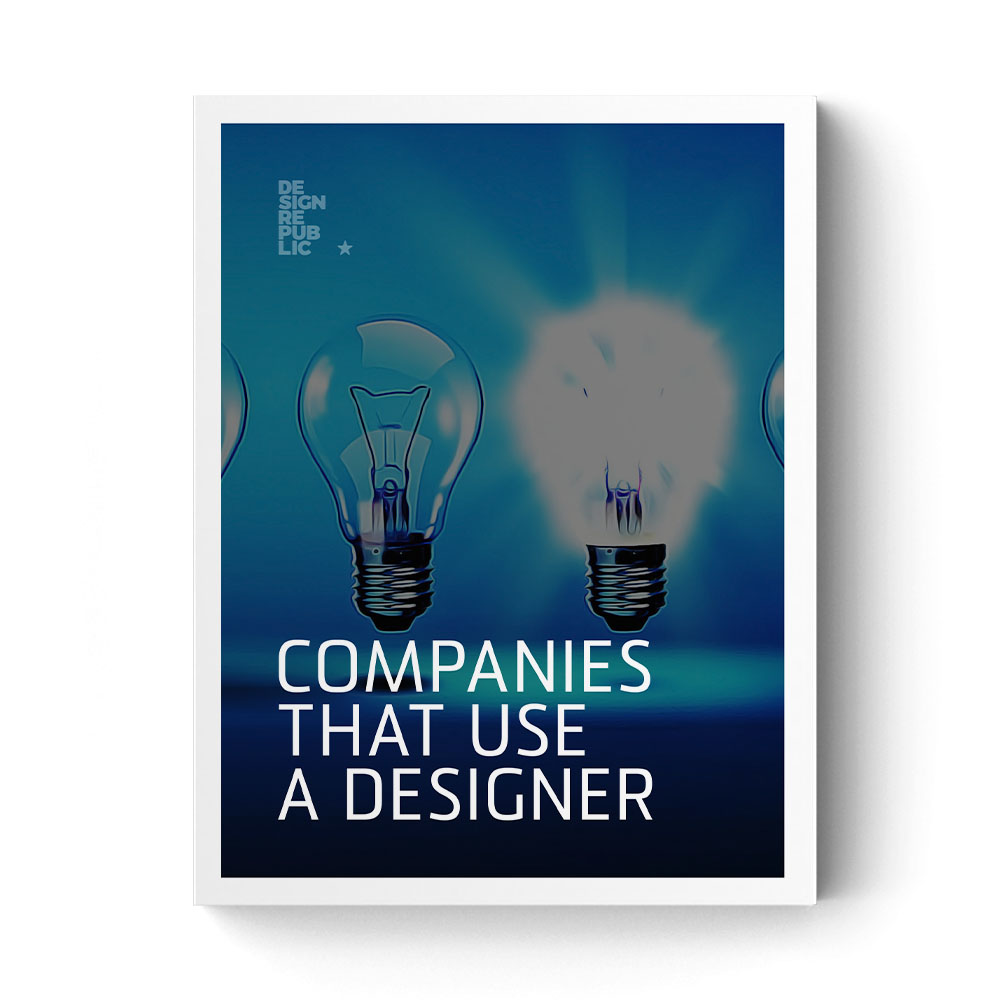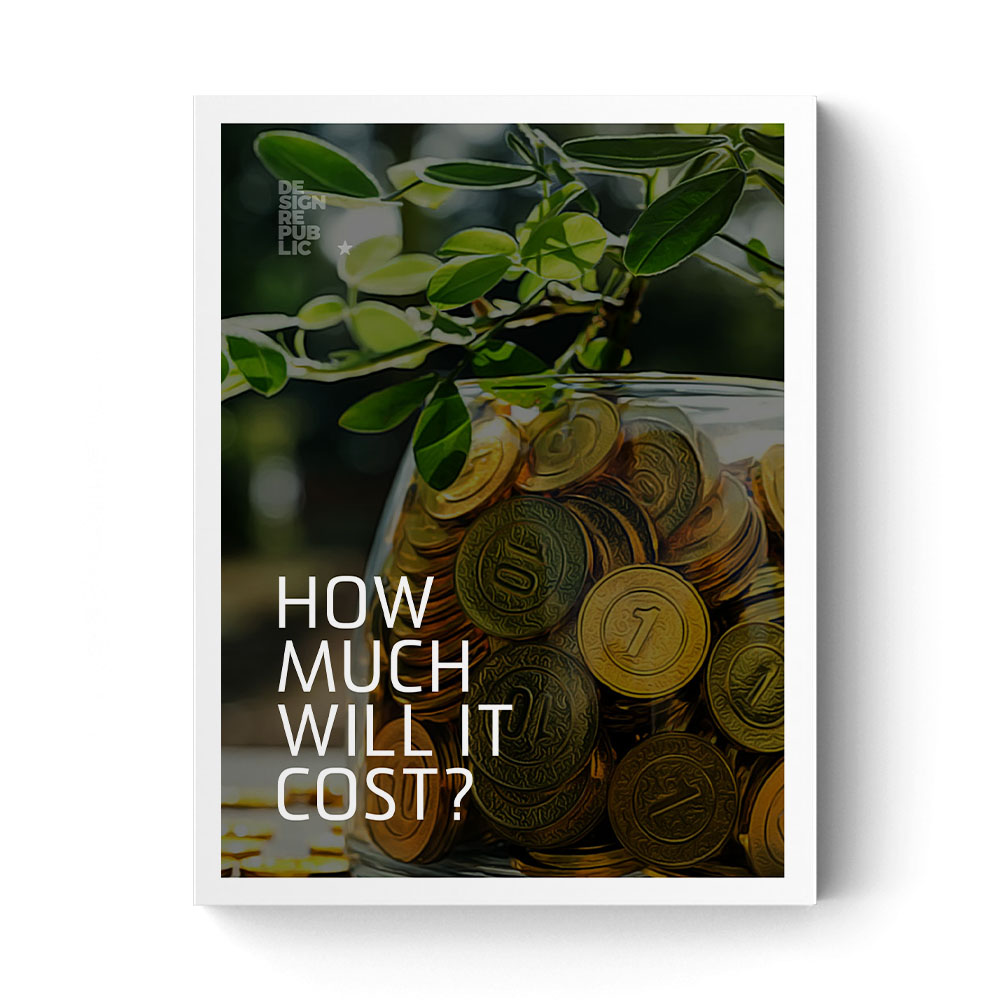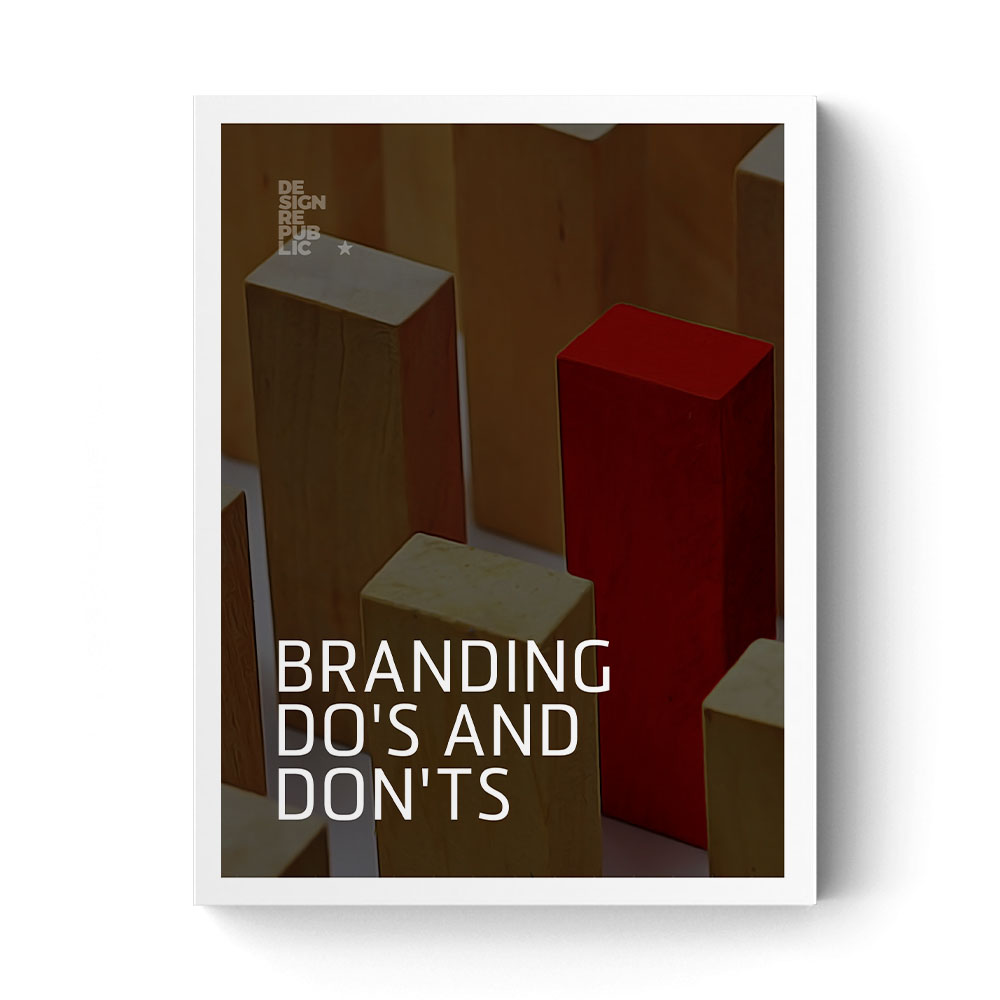your needs?
For most people, taking on a few design projects will be a lot of work. Therefore, it is important to define what you really need-and we mean really need. Defining your projects by what you need as opposed to what you want will help you keep them to a manageable size. Focus on your immediate needs and reevaluate from time to time. Once you complete the first few items orl your priority list, there are sure to be more! Now consider your design needs. Is image critical to your success?
What is the corporate attitude toward design? What are your company’s goals, and will design help you get there?
These are the questions that determine how important the level of design is to your organization.
do you have?
Now you know what you need, so the next question is, do you have (or are you able to get) what you need to get it done?
your weaknesses?
Be honest with yourself. Are you better at some things than others? Can you take great photographs, but can’t draw? Maybe you can write very creative headlines but don’t have an interest in long copy. Most people enjoy doing things they are good at, and it shows in their work. If you feel unsure about certain tasks, look for ways to get help in those areas. Most important, being aware of shortcomings will help you overcome them.
your strengths?
What are you good at? What do you enjoy doing? Do you dream about a new logo at night? Does coming up with a good headline make you giddy?
Or:.. maybe you want to develop your communications strategy and work with someone to create your vision. Whatever it is-focus on it. To be clear, we’re not saying you shouldn’t ever take on something new. Sometimes the best way to improve or learn new skills is to accept a new challenge.
However, we recommend you first review your needs to see if things like the timeframe or quality requirements allow for your learning curve on a new project.
Next, review your resources to see if you have the means to get training or assistance when you need it. Make the most of your strengths by leveraging your skills and those of the people around you. By taking a good inventory of the knowledge, ability, and resources you have available, you’ll be able to handle much more than you think.
you do?
At this point, you really only have two choices. Get help, or go for it!
You’ve already decided what you need, so there’s no sense in delaying your decision.
If you ‘re not comfortable taking on a particular project, get help. Otherwise, get started and good luck!
BRINGING DESIGN IN-HOUSE
COST
PRO: You are able to keep many of your expenses as internal costs.
CON: If you add up all your true costs of labor, overhead, equipment, software, and external vendors that you will still need to work with, it may be difficult to have an overall cost lower than a professional firm that is experienced and efficient at design.
TIME
PRO: Because all work is done in-house, business owners and marketing staff may feel they receive more attentive response on projects. Opportunities also exist for efficiency in routing projects, meetings, and discussions.
CON: In addition to actual design time, managing creative projects takes time and expertise. Plan for this while developing schedules and budgets.
ENJOYMENT
PRO: This is one area that is all up to you. If you have a burning desire to do this kind of work every day, then the answer is simple. The creative expression and freedom of design can be exciting and professionally rewarding.
CON: Design is still a job. If you don’t truly enjoy it, the pleasure will fade when things go wrong or as you realise your freedom of expression is now controlled by business decisions.
CONTROL
PRO: Keeping design in-house gives you complete control of everything you do. You can easily monitor timelines, budgets, design quality, and more.
CON: With control comes responsibility. You will have complete ownership of your projects, which is great, until something goes wrong and there’s nobody to share the blame.
QUALITY
PRO: Internal designers may feel more ownership of their work as they see a direct impact on the company. Employees are closer to the workflow to monitor the details of each job.
CON: The quality of work means having quality people doing design, illustration, photography, production, and project management. Finding one person that can do it all is rare, and staffing an entire department increases management and overhead.
CONFIDENTIALITY
PRO: Intellectual property, trade secrets, and other confidential information is much more controllable in an in-house setting.
CON: There are no general drawbacks, unless you need to keep information from employees, such as mergers, restructurings, or other critical information.
OWNERSHIP
PRO: Designing it yourself gives you complete ownership of all designs you create (with the exception of any licensing restriction of fonts, illustration, photographs, and so on).
CON: You need to take time to manage data archival, security, and license enforcement.
SECURITY (DATA SAFETY)
PRO: You have access to all of your data at all times.
CON: Daily backup and long-term archival of data can be expensive and takes time. If it is not part of your normal business systems, you will want to plan for it.
BUSINESS
PRO: Bringing design in-house may be part of a sound business plan. Issues such as capital purchases, depreciation, expense ratios, and other factors may play a part in why a business may benefit from bringing design in-house.
CON: Most companies assume they will save money, and this is not necessarily true.
KNOWLEDGE
